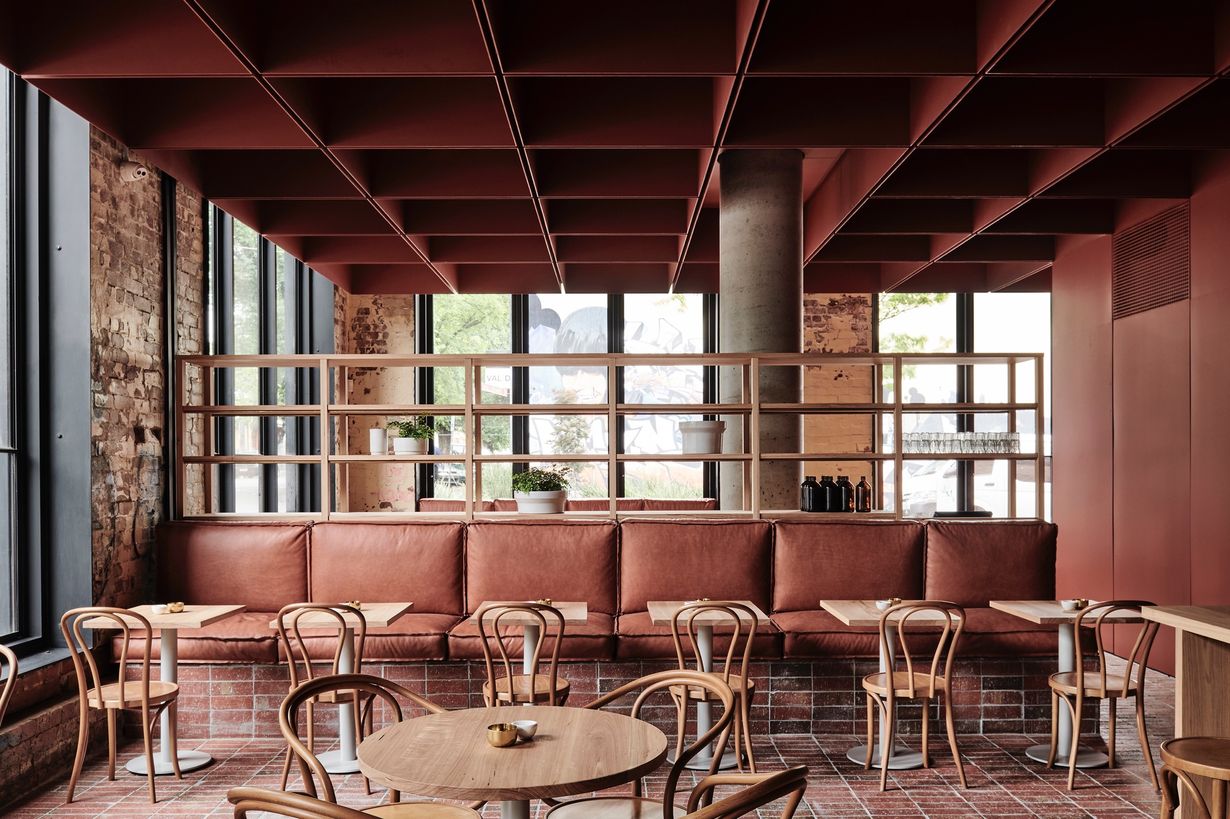
What makes Bentwood furniture so special? Bentwood furniture stands out due to its unique manufacturing process, where wood is steamed until pliable and then bent into graceful, curved shapes. This technique, pioneered by Michael Thonet in the 19th century, allows for lightweight, durable, and aesthetically pleasing designs. Bentwood pieces are not only functional but also artistic, often seen in classic café chairs and modern home decor. Their timeless appeal and versatility make them a favorite among designers and homeowners alike. Whether you're a fan of vintage styles or contemporary looks, Bentwood furniture offers something for everyone.
What is Bentwood?
Bentwood is a technique where wood is steamed until it becomes pliable, then bent into shapes and left to harden. This method has been used for centuries to create furniture, tools, and even musical instruments. Let's dive into some fascinating facts about bentwood.
-
Bentwood furniture became popular in the 19th century, thanks to Michael Thonet, an Austrian-German cabinet maker.
-
Thonet's No. 14 chair, also known as the bistro chair, is one of the most famous bentwood pieces. It has been in continuous production since 1859.
-
The process of bending wood involves steaming it at temperatures around 212°F (100°C) to make it flexible.
-
Bentwood techniques are not limited to furniture. They are also used in making canoes, sleds, and even musical instruments like violins.
-
The wood most commonly used for bentwood furniture is beech, due to its flexibility and strength.
Historical Significance of Bentwood
Bentwood has a rich history that spans continents and centuries. Its significance goes beyond just furniture.
-
Ancient Egyptians used bentwood techniques to create chests and chairs as early as 2500 BCE.
-
Native American tribes used bentwood boxes for storage and ceremonial purposes.
-
In Japan, bentwood techniques were used to make traditional tea ceremony utensils.
-
The Shakers, a religious group in the United States, adopted bentwood methods for their minimalist furniture designs in the 19th century.
-
Bentwood furniture was a staple in European cafes and bistros during the late 19th and early 20th centuries.
Modern Applications of Bentwood
Bentwood isn't just a relic of the past; it has modern applications that make it relevant today.
-
Contemporary designers use bentwood techniques to create sleek, modern furniture pieces.
-
Bentwood is also used in the automotive industry for making ergonomic car seats.
-
Some high-end bicycle manufacturers use bentwood for lightweight, durable bike frames.
-
Bentwood techniques are employed in the construction of sustainable housing, using wood as a primary material.
-
The fashion industry has even adopted bentwood for making unique, eco-friendly accessories like handbags and jewelry.
The Science Behind Bentwood
Understanding the science behind bentwood can make you appreciate this art form even more.
-
The lignin in wood softens when steamed, allowing the wood to bend without breaking.
-
Once the wood cools and dries, the lignin hardens again, making the shape permanent.
-
The bending process can increase the wood's tensile strength, making it more durable.
-
Steaming wood also helps to kill any pests or fungi, making the final product more resistant to decay.
-
The moisture content of the wood is crucial; too much or too little can affect the bending process.
Famous Bentwood Designers
Several designers have made significant contributions to the world of bentwood.
-
Michael Thonet is often credited as the father of modern bentwood furniture.
-
Alvar Aalto, a Finnish designer, used bentwood techniques to create iconic pieces like the Paimio Chair.
-
Charles and Ray Eames incorporated bentwood methods in their revolutionary chair designs.
-
Hans Wegner, a Danish designer, used bentwood to create his famous Wishbone Chair.
-
Frank Gehry, an architect, experimented with bentwood in his furniture designs, blending art and functionality.
Environmental Impact of Bentwood
Bentwood techniques have environmental benefits that make them a sustainable choice.
-
Bentwood furniture often requires less wood than traditional carpentry, reducing deforestation.
-
The process generates minimal waste, as offcuts can be repurposed.
-
Bentwood products are often more durable, reducing the need for frequent replacements.
-
The use of steam in the bending process is energy-efficient compared to other methods like kiln drying.
-
Bentwood techniques can be applied to reclaimed wood, giving new life to old materials.
Bentwood in Popular Culture
Bentwood has made its mark in popular culture, appearing in various forms of media.
-
The iconic No. 14 chair has been featured in numerous films, including "Casablanca" and "Amélie."
-
Bentwood furniture is often used in interior design magazines and TV shows to evoke a sense of timeless elegance.
Bentwood's Fascinating World
Bentwood furniture isn't just stylish; it's a testament to human ingenuity. From its humble beginnings in the 19th century to its modern-day appeal, bentwood has stood the test of time. The process of bending wood using steam or heat allows for unique, durable designs that are both functional and beautiful. Whether it’s a classic Thonet chair or a contemporary piece, bentwood furniture adds a touch of elegance to any space.
Understanding the history and craftsmanship behind bentwood can deepen your appreciation for these pieces. Next time you see a bentwood chair, remember the innovation and skill that went into creating it. This furniture style is more than just a trend; it's a piece of art with a rich history. So, if you're looking to add something special to your home, consider bentwood. It’s a choice that combines beauty, history, and craftsmanship.
Was this page helpful?
Our commitment to delivering trustworthy and engaging content is at the heart of what we do. Each fact on our site is contributed by real users like you, bringing a wealth of diverse insights and information. To ensure the highest standards of accuracy and reliability, our dedicated editors meticulously review each submission. This process guarantees that the facts we share are not only fascinating but also credible. Trust in our commitment to quality and authenticity as you explore and learn with us.
